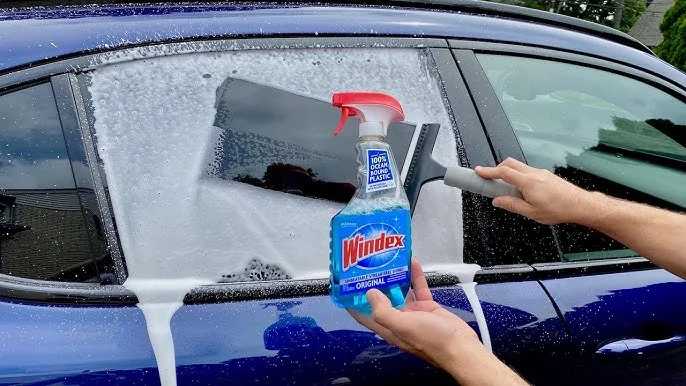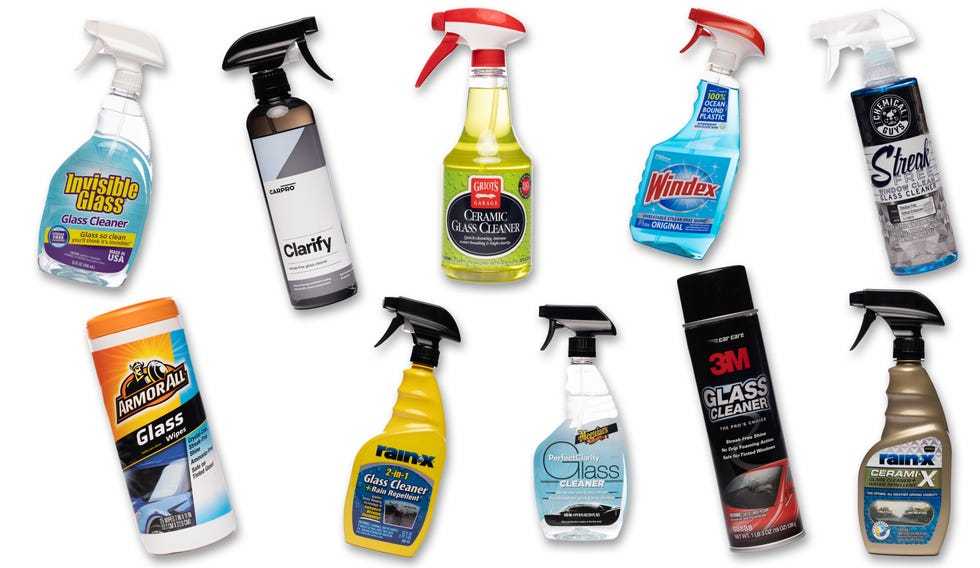You should put car window tint on the inside of the glass. This not only protects the tint from weather damage and vandalism but also ensures a cleaner, more professional appearance. Installing tint on the inside also makes it easier to replace or repair without damaging the film.
In short, car window tint is applied on the inside of the windows for durability, safety, and aesthetics. External application is generally not recommended as it is more vulnerable to scratches, weather, and peeling.
Tinting your car windows is a popular way to enhance privacy, reduce glare, and keep your vehicle cooler. But many wonder whether to apply the film on the inside or outside of the glass. The answer is simple: the tint should be installed on the inside of your windows. This method protects the film from the elements, maintains a sleek look, and allows for easy replacement if needed. External tinting might seem tempting for quick installation, but it’s prone to damage and doesn’t offer the same longevity as interior tint. Understanding this basic principle helps ensure your investment looks good and lasts longer.
Do You Put Car Window Tint on the Inside or Outside? A Complete Guide
Understanding the Basics of Car Window Tinting
Car window tinting involves applying a thin film onto your vehicle’s windows to reduce glare, block UV rays, and enhance privacy. Many car owners wonder whether to install the tint on the inside or outside of the window. This choice affects the durability, appearance, and ease of installation of the tint. Knowing the differences helps you make the right decision for your vehicle.
Why Does Placement Matter? Key Differences
The placement of the tint impacts how long it lasts, how easy it is to install, and the overall look. Inside tinting is done on the interior side of the window, while outside tinting is applied on the exterior. Each method has its advantages and drawbacks, depending on your priorities and circumstances.
Installing Tint on the Inside of the Window
Most professional tinting jobs are done on the inside of the window. This process involves attaching the film to the inner surface of the glass. Inside tinting offers a sleek, clean look, as it’s protected from external weather elements. It also tends to be easier to clean and maintain since dirt and debris are less likely to get underneath the film.
Advantages of Inside Tinting
- Protection from Elements: The film is shielded from rain, snow, and dirt, which helps it last longer.
- Better Quality Control: Installers can precisely position the film without external interference.
- Less Damage Risk: The film is less exposed to potential scratches or impacts from outside.
Potential Challenges with Inside Tinting
- Installation Complexity: Installing inside can be tricky as it requires careful handling to avoid air bubbles and wrinkles.
- Residue Removal Difficulties: If removal ever occurs, this can be more complicated from the inside.
- Possible Obstruction: In some vehicles, the window frame or other components might hinder the film’s placement.
Applying Tint on the Outside of the Window
Outside tinting involves applying the film to the outer surface of the glass. Some DIY enthusiasts or specific commercial applications favor outside tinting because it is sometimes easier to access and install without opening the window.
Advantages of Outside Tinting
- Ease of Application: Tending to be more straightforward, especially for DIY projects, as you do not need to open the window.
- Better for Certain Vehicles: Some older or unique car models might allow easier outside installation due to their design or window shape.
- Faster Installations: Can often be done more quickly without disassembling parts of the vehicle.
Potential Drawbacks of Outside Tinting
- Weather Exposure: The film faces rain, snow, UV rays, and other environmental factors that can degrade it faster.
- Higher Damage Risk: The film is more exposed to scratches and impacts, which can damage or lift the tint.
- Cleaning Challenges: Dirt and debris can settle on the film, making cleaning more difficult without removing the tint.
Durability and Longevity of Window Tints
The durability of your tint depends greatly on its placement. Inside tints tend to last longer because they’re protected from external elements. High-quality films used on the inside can last up to 10 years or more with proper maintenance.
Environmental Factors Affecting External Tints
External films are more vulnerable to UV damage, weather exposure, and physical impacts. These factors accelerate fading, peeling, or bubbling. Regular maintenance and choosing high-quality external films can mitigate these issues to some extent.
Material Types and Their Suitability
Different types of tinting films are suitable for inside or outside application based on their materials. This includes dyed films, metalized films, hybrid, and ceramic tints.
Dyed Films
Most commonly used for affordability. Usually placed on the inside for longer-lasting performance but can be used outside if they are specially coated.
Metalized Films
Offer better UV protection and reflectivity. These are typically installed on the inside to prevent corrosion and bonding issues outside.
Ceramic Films
High-end films providing premium UV rejection and durability. They are versatile and suitable for either application, though most install on the inside.
Legal Regulations and Restrictions
Always check state or local laws before tinting your windows, as some regions restrict tint darkness or placement. Many jurisdictions require tint films to be applied on the inside of the window to meet safety and visibility standards.
Why Laws Favor Inside Tinting
Outside window tinting can create glare and obstruct visibility. Inside tinting, when done correctly, minimizes these issues and ensures compliance with safety standards.
Cost Considerations for Inside vs. Outside Tinting
Cost can vary depending on the complexity of installation, materials used, and labor charges. Generally, inside installations cost more due to the precision needed but offer longer-lasting results.
Budget-Friendly Options
DIY kits are often available for outside tinting, which may reduce costs but require skill and patience to apply properly.
Premium Investment
Professional inside tinting, especially with high-quality film, provides better aesthetics and durability but at a higher price.
Maintenance Tips for Your Tinted Windows
Proper care extends the life of your tint regardless of placement. Use soft cloths and mild cleaners, avoiding abrasive materials that can scratch the film.
Cleaning the Inside of Windows
Use a gentle glass cleaner and a microfiber cloth to avoid damaging the film surface.
Cleaning the Outside of Windows
Choose non-abrasive cleaners and avoid scraping tools. Regular cleaning prevents dirt buildup that can compromise the film’s appearance.
Summary of Key Points
| Feature | Inside Tinting | Outside Tinting |
|---|---|---|
| Protection from elements | High | Low |
| Ease of installation | Moderate | Easy |
| Durability | Longer lifespan | Shorter lifespan without protection |
| Cost | Higher | Lower |
| Legal compliance | Typically better | Varies by law |
Related Topics to Explore
- Best tinting films for durability and UV protection
- DIY vs. professional window tinting
- How to remove old or damaged window tint
- Choosing the right tint darkness for your vehicle
- Impact of window tinting on vehicle resale value
This detailed overview highlights the importance of considering several factors when deciding whether to put car window tint on the inside or outside. Both methods have their merits, but understanding your vehicle, local laws, and your preferences will help you choose the best option. Proper installation and maintenance ensure your tint looks great and lasts for years to come.
Does ceramic TINT go on the inside or outside?!
Frequently Asked Questions
Should window tint be applied on the inside or outside of the car window?
Most window tints are applied to the interior surface of the glass. This approach protects the film from environmental damage and physical wear, ensuring longevity. Applying the tint on the inside also allows for easier installation, as the installer can work in a controlled environment and clean the glass beforehand. However, some specialty films or commercial applications might be designed for exterior application, but for standard car tinting, inside installation is preferred.
What are the advantages of putting window tint on the inside of a vehicle?
Applying tint on the inside keeps the film protected from weather conditions, such as rain, snow, and dust, which can degrade it over time. It also prevents scratches or damages caused by external elements like debris or tree branches. Additionally, interior application allows for a cleaner, more controlled installation process, reducing the risk of bubbles and imperfections that can occur with exterior installation.
Are there any drawbacks to tinting windows on the outside of the vehicle?
Yes, exterior tinting can be more vulnerable to environmental damage, such as scratches, fading from sunlight, and peeling due to exposure to harsh weather. It may also be more difficult to apply properly, as dust and dirt can interfere with adhesion. Most professionals recommend interior application for standard car windows to ensure the film remains in good condition and maintains aesthetic quality over time.
Can the type of window influence whether the tint should be applied inside or outside?
Yes, the material of the window glass can affect the application process. Some vehicles with specialized or tinted glass might require specific installation techniques. For example, laminated or tempered glass may have different adhesion requirements, influencing whether the tint should be applied internally or externally. Always check manufacturer recommendations to ensure proper installation.
How does the climate impact the choice of applying window tint inside or outside?
In areas with high exposure to harsh weather conditions, interior application helps protect the film from damaging elements like rain, snow, and UV rays. Conversely, in very hot climates, interior applications can sometimes be affected by heat buildup, requiring the use of high-quality, heat-resistant films. Overall, interior application is more common because it offers better protection and durability regardless of climate.
Final Thoughts
You should put car window tint on the inside. This placement provides better protection from scratches and easier cleaning. It also ensures the tint adheres smoothly without damage from weather elements.
In contrast, the outside of the window is exposed to dirt, debris, and weather, which can cause the tint to peel or bubble over time.
In conclusion, the question ‘do you put car window tint on the inside or outside’ has a clear answer: install it on the inside for durability and clarity.



